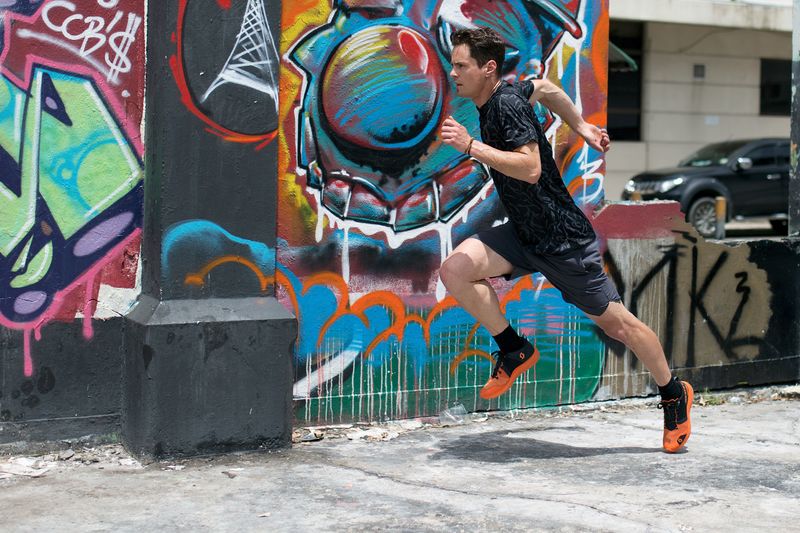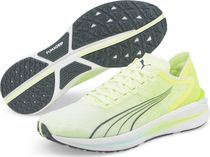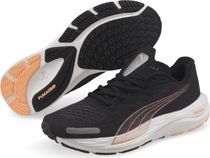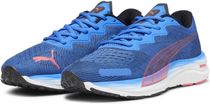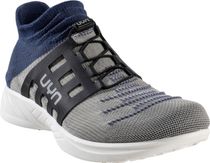Contents
How to care for your running shoes
Runners know that choosing the right shoes is crucial. Once you have found the perfect pair, you naturally want to use them for as long as possible. We show you how you can significantly extend the life of your favourite shoes with the right care.
Clean running shoes properly
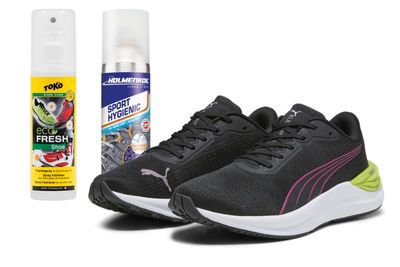
After each run, give your shoes a quick wipe with a damp cloth to remove any stains or mud. If your shoes are particularly dirty, you can use a soft-bristled brush with mild soap to gently scrub off the dirt. However, it is important not to use strong chemicals as they can damage the material in the long term.
Some manufacturers advertise that their running shoes are also machine-washable. This makes it particularly easy for you. If this is not the case, the washing machine should not be used.
Tip: If your running shoes smell strongly, you can use special freshening sprays.
Dry & store running shoes correctly
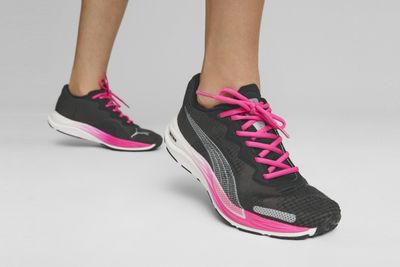
Although it may sound tempting, never put your running shoes in the dryer as the heat can deform and damage the shoes. Instead, air dry your shoes after cleaning, but keep them out of direct sunlight. Remove the insoles and laces and stuff the shoes with newspaper or a towel. This will keep them in the desired shape.
If your running shoes are not going to be used for a long time, for example in winter, store them in a cool and dry place. Moisture promotes the growth of bacteria and mould, so it's a good idea to store your shoes in a cupboard. Alternatively, you can store them in a box or in a separate compartment in your sports bag. Make sure that the shoes are not crushed!
When is it time for a change?
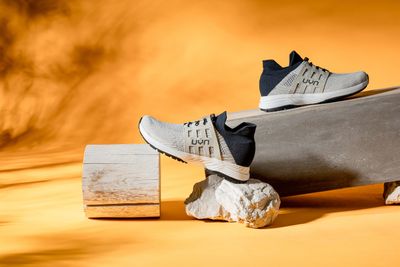
Even with proper care or new insoles, running shoes eventually wear out and lose support and cushioning. In this case, there is no way around replacement. As a general rule, running shoes should be replaced every 400 to 850 kilometres. However, this also depends on your running style, the terrain, your body weight and the individual shoe models.
For this reason, you should regularly check your running shoes for signs of wear. This includes not only obvious holes and tears in the material, but also wear and tear on the sole or a noticeable decrease in cushioning.
